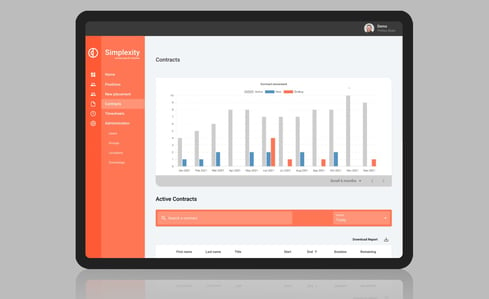Australia's commitment to fostering a skilled workforce and addressing persistent skills shortages has led to significant changes in the country's migration system. The Australian government, through the Department of Home Affairs, is implementing a series of reforms aimed at providing temporary skilled workers with a clearer pathway to permanent residency that started this week.
Effective Changes began November 25, 2023
As of November 25, 2023, the employer-nominated visas began undergoing transformative adjustments. The focus is on ensuring that skilled workers, crucial to meeting Australia's labour demands, have a viable route to securing permanent residency.
Breaking Down the Temporary Skill Shortage Visa (subclass 482) Changes
The Temporary Skill Shortage Visa (subclass 482) plays a pivotal role in addressing labour shortages. The recent changes include the removal of the cap on short-term stream applications within Australia. This change is applicable to new applications initiated on or after the effective date. However, those with visas that expired before November 25, 2023, must travel outside Australia to submit a third short-term stream application.
Under this visa, employees can work in Australia for up to two years (or up to four or five years under specific conditions). They are also eligible to apply for permanent residency if they meet the criteria.
Permanent Residency through Subclass 186 Temporary Residence Transition Stream Visa
The Subclass 186 Temporary Residence Transition stream visa is designed for skilled workers nominated by their employers who seek permanent residency in Australia. This visa category allows them to live and work permanently in the country.
Significant Changes to TRT Stream Requirements
The Australian government is making substantial alterations to the Temporary Residence Transition (TRT) stream requirements. Key changes include allowing employers to nominate individuals from all Temporary Skill Shortage (TSS) visa streams, removing the skilled migration occupation list requirement, and reducing the TRT nomination prerequisite to two out of the last three years before nomination.
Adjustments to TRT Stream Visa Application Prerequisites
Further modifications involve adjustments to TRT stream visa application prerequisites. This includes changes to age exemptions for regional medical practitioners and high-income applicants aged 45 years and over. The updates aim to streamline a two-year pathway for these candidates while discontinuing Covid-19-related age exemptions.
Impact on Employers and Visa Holders
The prior Temporary Skill Shortage (TSS) visa framework presented challenges for employers, particularly in attracting foreign skilled workers under the Short-Term stream. Issues such as limits on onshore applications and a lack of a clear pathway to company-nominated permanent residence under the Employer Nomination Scheme were obstacles. The announced changes are expected to bring greater certainty to both employers and visa holders, providing a more accessible route to permanent residency.
The future looks promising…..
Australia's proactive approach to addressing skills shortages and facilitating the integration of skilled workers is evident in the recent changes to its migration system. These reforms not only streamline processes but also signify a commitment to building a dynamic and diverse workforce that contributes to the nation's growth. The future looks promising for skilled workers and the employers seeking their expertise in the land Down Under.
We are here to help
These changes in temporary skilled visas are a welcome move to tackle our skills shortages. If your business needs help navigating your way around these updates please reach out and we can assist through our partnerships. At Oncore, we are here to support both hirers and skilled workers. Our expertise is in contractor management and payroll services for temporary workers across the white collar sector in Australia and New Zealand. Don’t hesitate to reach out to our team.












_11zon%20(1).jpg?width=302&height=124&name=linkedin-sales-solutions-vqWWOnA6--M-unsplash%20(2)_11zon%20(1).jpg)






